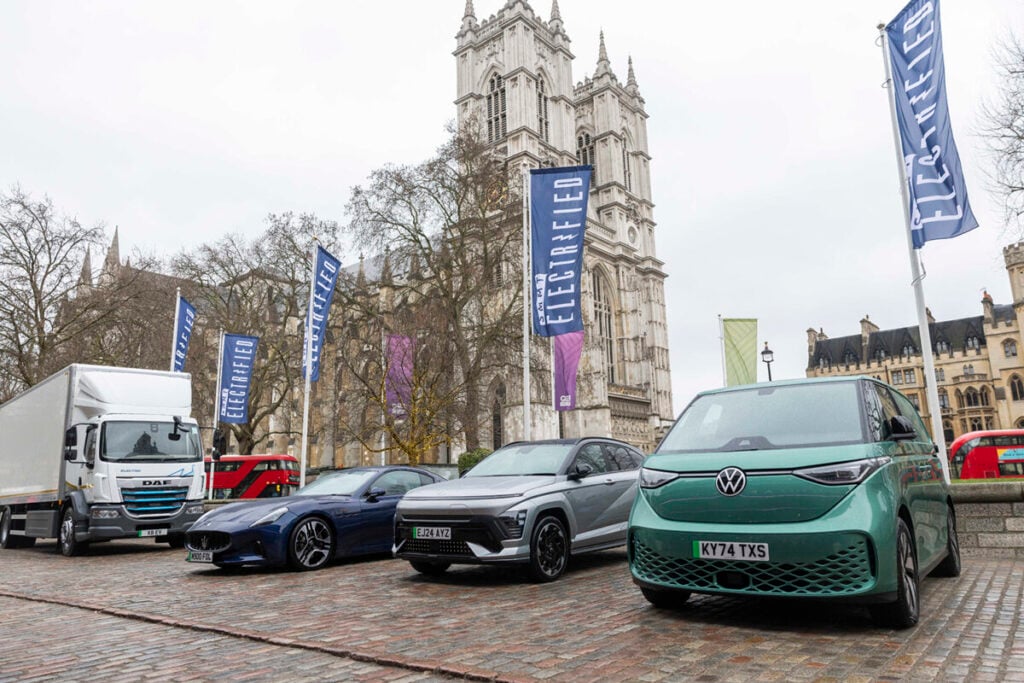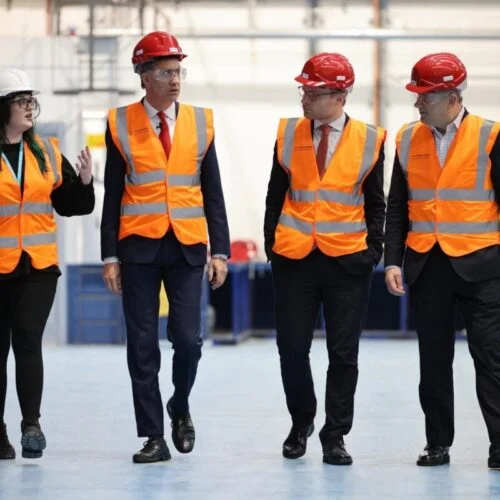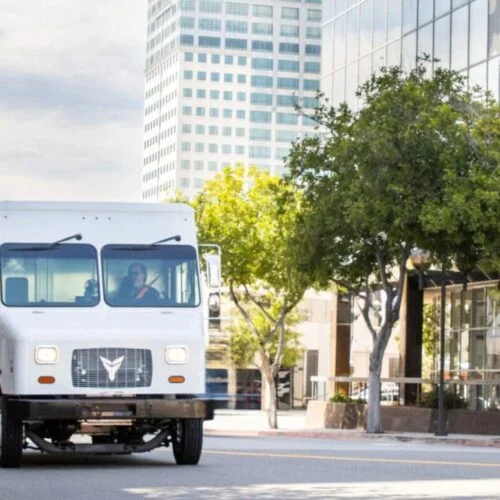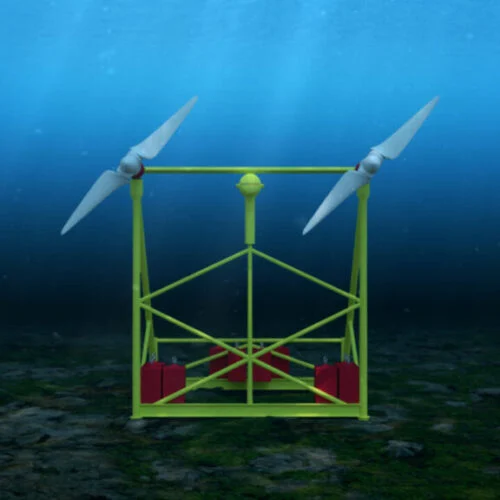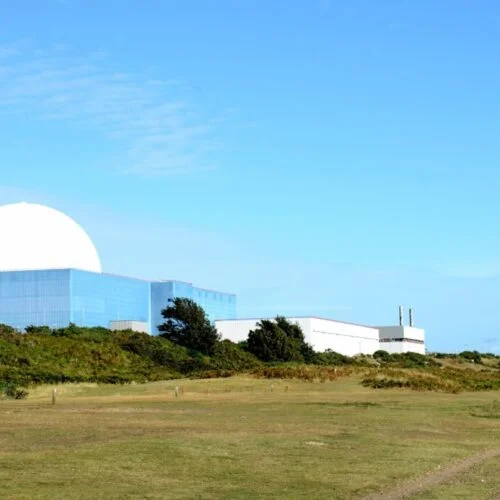The same fast-tracked grid connections the government will enable for data centres and renewable energy generation should be afforded to transport depots, the Society of Motor Manufacturers and Traders (SMMT) has said.
Analysis by the trade body, which represents vehicle manufacturers in the UK, found that the current grid connections process blocks operators’ EV investments and will continue to do so beyond the mandated end of sales of internal combustion (ICE) engine vehicles.
Commercial vehicles account for 14% of all vehicles on the road, but higher mileages and energy demands mean they are also responsible for a third of all road transport carbon emissions and 12% of the UK’s total carbon footprint.
Transitioning to zero emission vehicles (ZEVs) then, is critical to net zero targets. SMMT said that companies currently face up to 15 years’ wait for a grid connection, which is a delay beyond the ZEV mandate year of 2035, when the sale of new, non-ZEV vans and HGVs under 26 tonnes is due to end and for 2040, when all new HGVs sold in the UK must be zero emission.
There are incentives like the zero emission HGV and infrastructure demonstrator (ZEHID) programme run by the government, and theoretically ZEVs are (or will be) cheaper to run than combustion engine vehicles.
However, that a return on investment is potentially delayed past 2040 means operators are (understandably) reluctant.
As things currently stand, SMMT figures show electric van registrations are at 8.3% with around 167,000 more expected to reach the road over the next three years – which would see the market reach 25% ZEV by the end of 2027, below the mandate target of 34%.
Zero emission HGVs make up only 0.5% of registrations at the moment, with fewer than 600 ZEV trucks currently in use.
SMMT’s suggested solution would see the same preferential connection treatment that grid connection reforms allows infrastructure like wind power plants and data centres to connect soonest apply to transport depots supporting fleet electrification.
The trade body said that to do otherwise “risks ceasing the mass transition of the HGV sector before it has even begun”.
Adding to this, SMMT chief executive Mike Hawes said: “If operators have to wait up to 15 years just to be able to plug them into their depots, there is no case for investment.
“Prioritising grid connections, alongside reform to planning and action on energy costs, would reduce barriers to adoption, ensuring commercial vehicles continue to carry the loads that keep our economy on the move whilst doing the heavy lifting the nation needs to reach net zero.”
Last year, Connected Energy, which specialises in repurposing EV battery packs as ‘second life’ stationary battery storage systems, also argued that grid constraints will prevent an effective rollout of commercial ZEVs because of the higher amount of power that EV chargers for HGVs need.
Nigel Dent, head of sales at the company said “in the majority of cases” local grid could not support high-capacity chargers.
